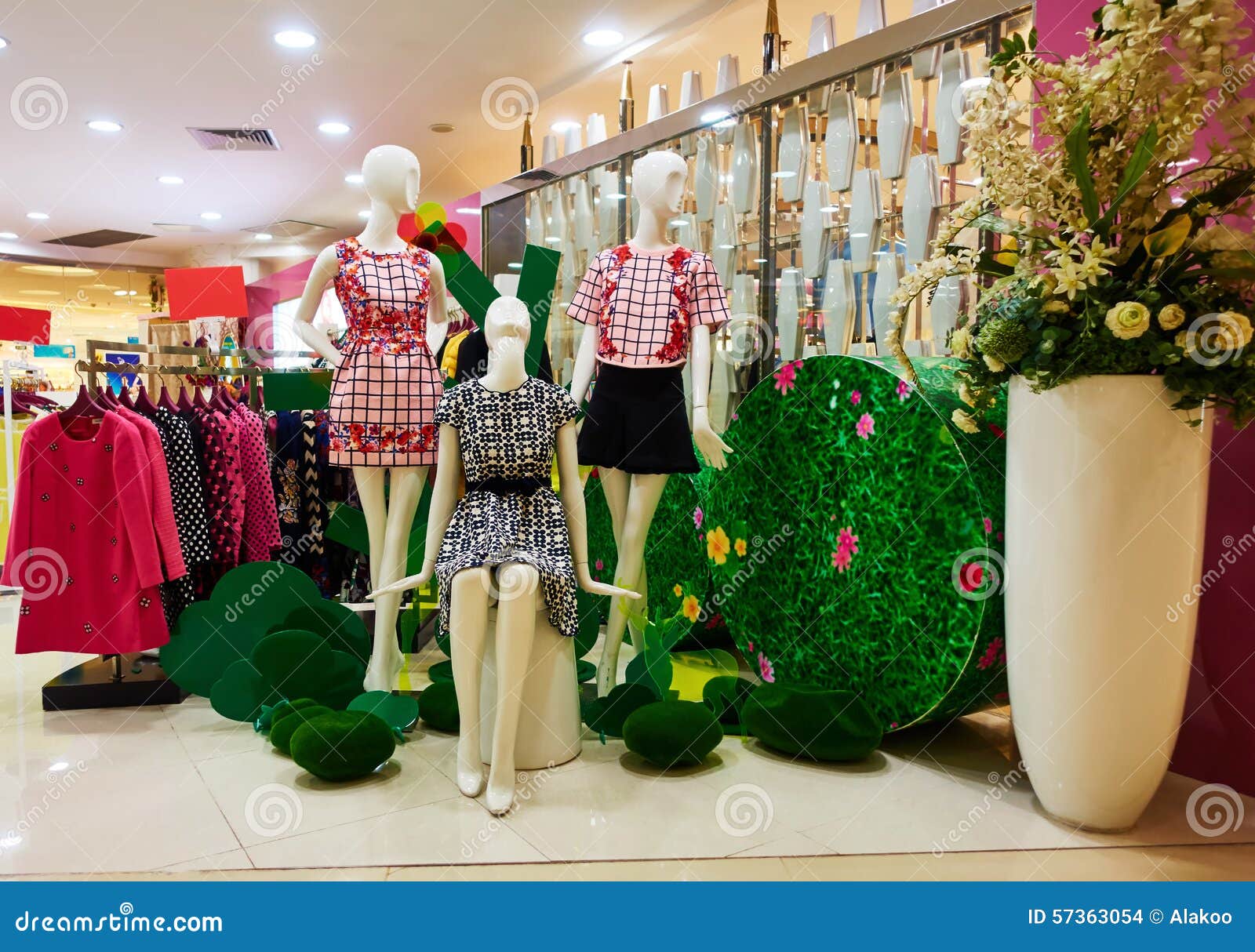Discovering the Evolution and Effect of Garments on Modern Style Trends
The evolution of clothing has significantly affected modern-day style patterns, merging historical criteria with sophisticated technologies. Legendary numbers like Coco Chanel and Yves Saint Laurent transformed the fashion industry by presenting ideas that prioritize comfort and access, which proceed to resonate today.
Historical Style Influencers
In the tapestry of style history, certain numbers have left an indelible mark, forming the patterns and styles that specify whole ages. Coco Chanel, a revolutionary developer, redefined ladies's style by introducing comfortable, classy garments that departed from limiting corsets. Her iconic Chanel match and little black outfit have actually come to be ageless staples in wardrobes worldwide. In A Similar Way, Christian Dior's post-war "Makeover" in 1947, with its celebration of feminineness with full skirts and cinched waistlines, marked a go back to opulence and has actually proceeded to influence developers.
Elsa Schiaparelli is another essential figure, renowned for her avant-garde layouts that incorporated surrealist art, working together with Salvador Dalí to develop whimsical pieces that tested conventional appearances. Her innovative use of shade and bold patterns reverberates in contemporary style. Yves Saint Laurent, meanwhile, democratized high style with prêt-à-porter collections, bringing path designs to the masses and setting a precedent for modern-day ready-to-wear lines.
These dreamers, among others, not only reinvented style in their times but also set withstanding fads that reverberate in today's apparel industry, offering a structure whereupon modern-day developers proceed to introduce and develop. Their legacies underscore the significance of creative thinking and daring in vogue's ever-evolving story.
Technological Improvements in vogue
Among the vibrant landscape of the apparel industry, technological developments stand at the forefront of development, reshaping exactly how designers create and consumers engage with fashion. The integration of 3D printing has actually revolutionized layout procedures, making it possible for developers to trying out intricate frameworks and sustainable materials that were previously inconceivable. This modern technology promotes quick prototyping, lowering waste and accelerating manufacturing times.

Smart textiles, installing technology right into fabrics, are likewise changing the industry. Advancements like self-cleaning and temperature-regulating materials supply enhanced performance and convenience. Wearable technology, integrating attributes like fitness tracking and interaction, includes a new dimension to style, combining visual appeals with usefulness.
Social Changes and Design
As technical innovations proceed to improve the style industry, cultural changes are equally influential, redefining style and consumer preferences. Recently, the rise of social media platforms has accelerated the dissemination of global style fads, permitting varied social impacts to assemble and exist together. This digital interconnectivity has facilitated the rapid exchange of concepts, bring about an extra inclusive and eclectic analysis of design that shows the diverse nature of modern culture.
Cultural awareness and appreciation have actually motivated designers to draw inspiration from a more comprehensive range of ethnic and historical contexts, incorporating standard themes with contemporary aesthetics. This blend has resulted in style that resonates with a wider target market, advertising a sense of identification and belonging across different demographics. In addition, the enhancing demand for customization has driven brand names to provide personalized choices, enabling customers to reveal individuality while showing their cultural heritage.
In addition, moving social values have actually affected fashion, with inclusivity and variety becoming main themes. The market has begun to embrace designs and influencers of various body types, ethnicities, and gender identifications, difficult traditional charm criteria. This change emphasizes the power of cultural changes fit the future of fashion, as design ends up being a much more genuine expression of personal and cumulative identification.
Sustainability and Modern Design
While the fashion sector remains to progress, the important for sustainability has actually become progressively immediate, affecting modern design methods. This change aims to deal with ecological concerns and honest factors to consider, bring about a reevaluation of conventional Home Page manufacturing approaches. Developers are currently integrating sustainable materials, such as natural cotton, recycled polyester, and eco-friendly textiles, into their collections, decreasing the environmental impact of style. The surge of slow-moving style, which emphasizes quality over quantity, encourages consumers to invest in ageless pieces instead of transient patterns.
In addition, modern-day layout is defined by its advancement in reducing waste and promoting circularity. Techniques such as zero-waste pattern cutting and 3D knitting are gaining grip, permitting designers to create garments with minimal textile waste. Furthermore, brands are taking on clear supply chains, making sure accountability and promoting consumer trust. This strategy not just reduces ecological effect but also boosts the social obligation of style homes.

Future Trends in Style

Sustainability will continue to be a driving pressure in shaping future style trends. The sector is progressively adopting green materials and ethical manufacturing methods, reacting to a growing customer find this demand for accountable practices. Technologies such as bio-fabricated materials and closed-loop recycling systems are readied to redefine how apparel is produced and eaten, decreasing ecological impact while preserving design and high quality.
Social shifts, including the surge of inclusivity and diversity, will certainly also play an essential duty. As society comes to be more conscious of social concerns, fashion is anticipated to come to be a platform for expression and modification. Developers will likely focus on producing collections that mirror a broader variety of experiences and identifications, championing representation and access.
Conclusion
The development of garments significantly affects contemporary style fads, where historical influences merge with contemporary styles. Trick numbers like Coco Chanel and Yves Saint Laurent have redefined style, while technological advancements such as 3D printing and clever fabrics increase creative possibilities. Cultural shifts towards inclusivity and sustainability force brand names to embrace and embrace honest techniques variety. This recurring advancement emphasizes style's duty as a mirror to official statement social worths and technical innovation, recommending a future abundant with technology and inclusivity.
The evolution of clothing has actually dramatically affected contemporary fashion fads, combining historical criteria with sophisticated advancements.In the middle of the dynamic landscape of the style market, technological advancements stand at the center of advancement, reshaping how developers produce and consumers involve with fashion.While the style market continues to advance, the critical for sustainability has actually become significantly urgent, influencing modern-day design techniques. As sustainability ends up being embedded in contemporary design, it leads the way for an extra liable and aware style market.
The advancement of clothes significantly influences modern-day style patterns, where historical influences merge with modern designs.